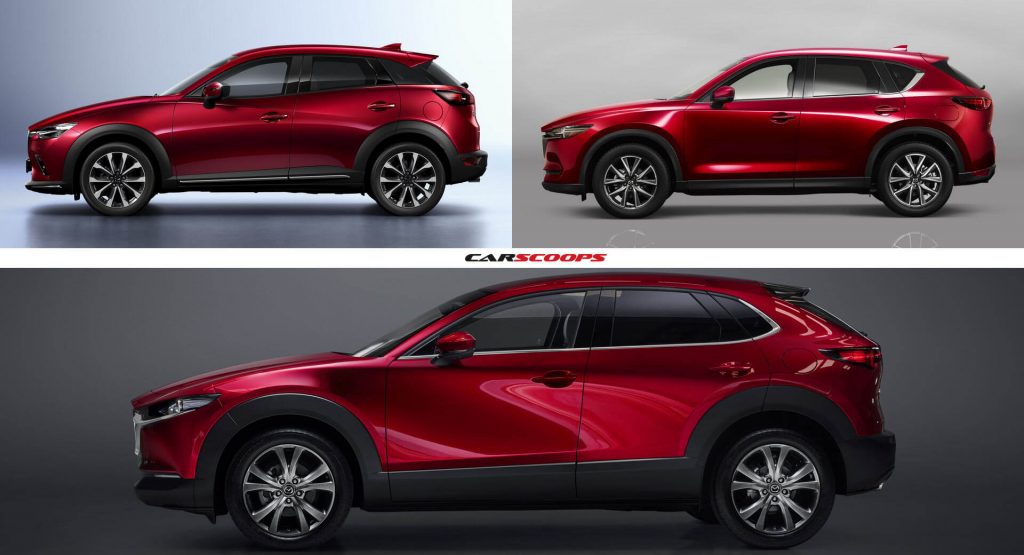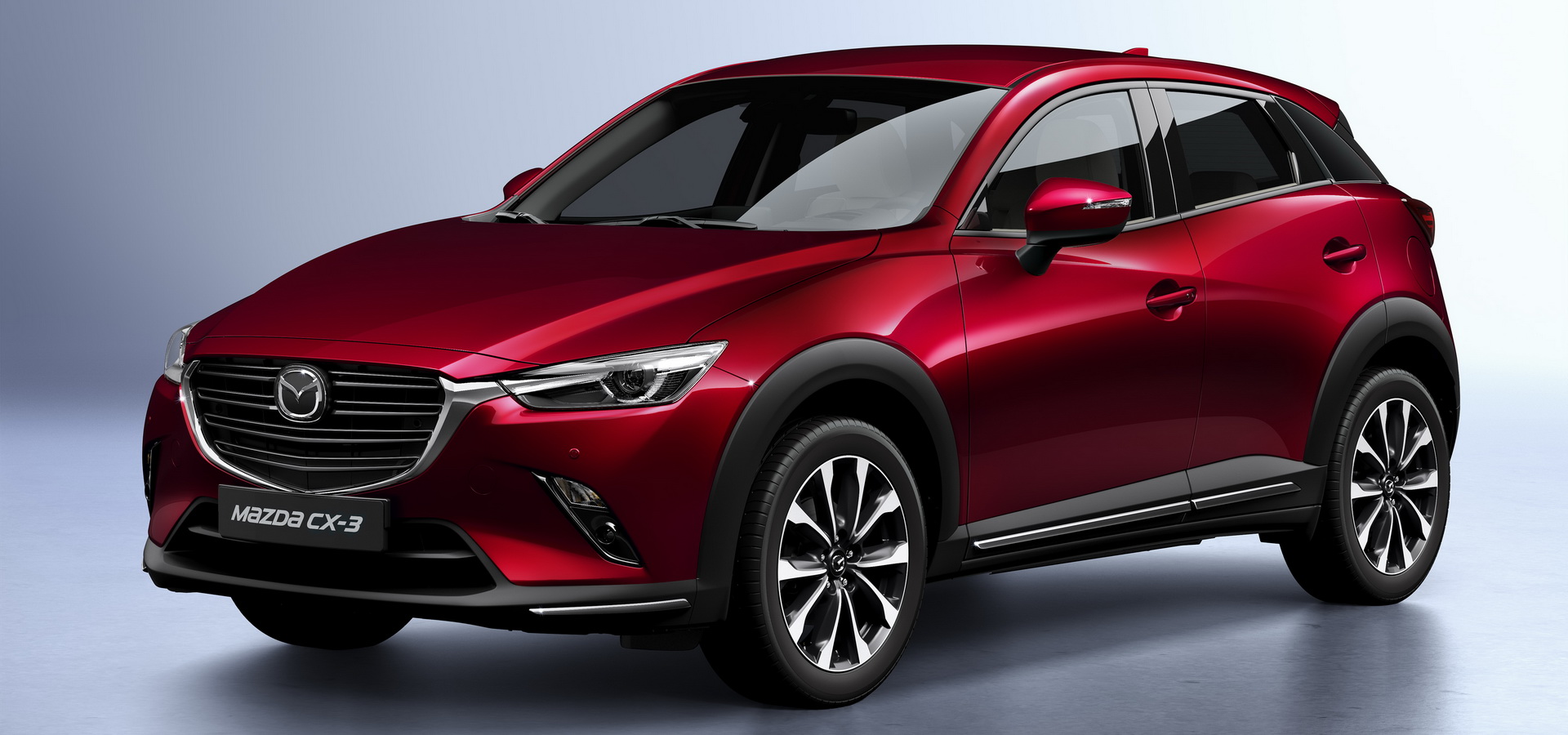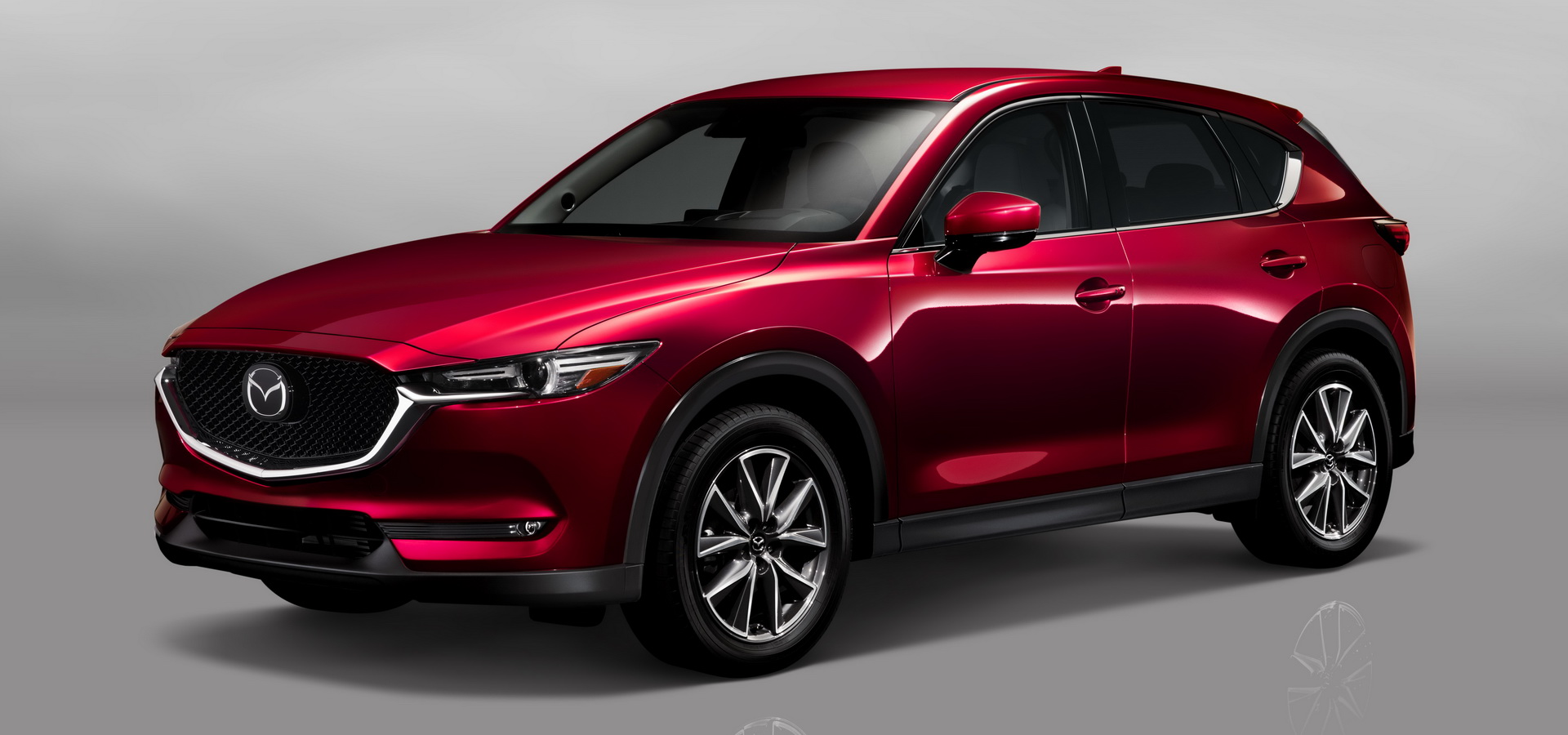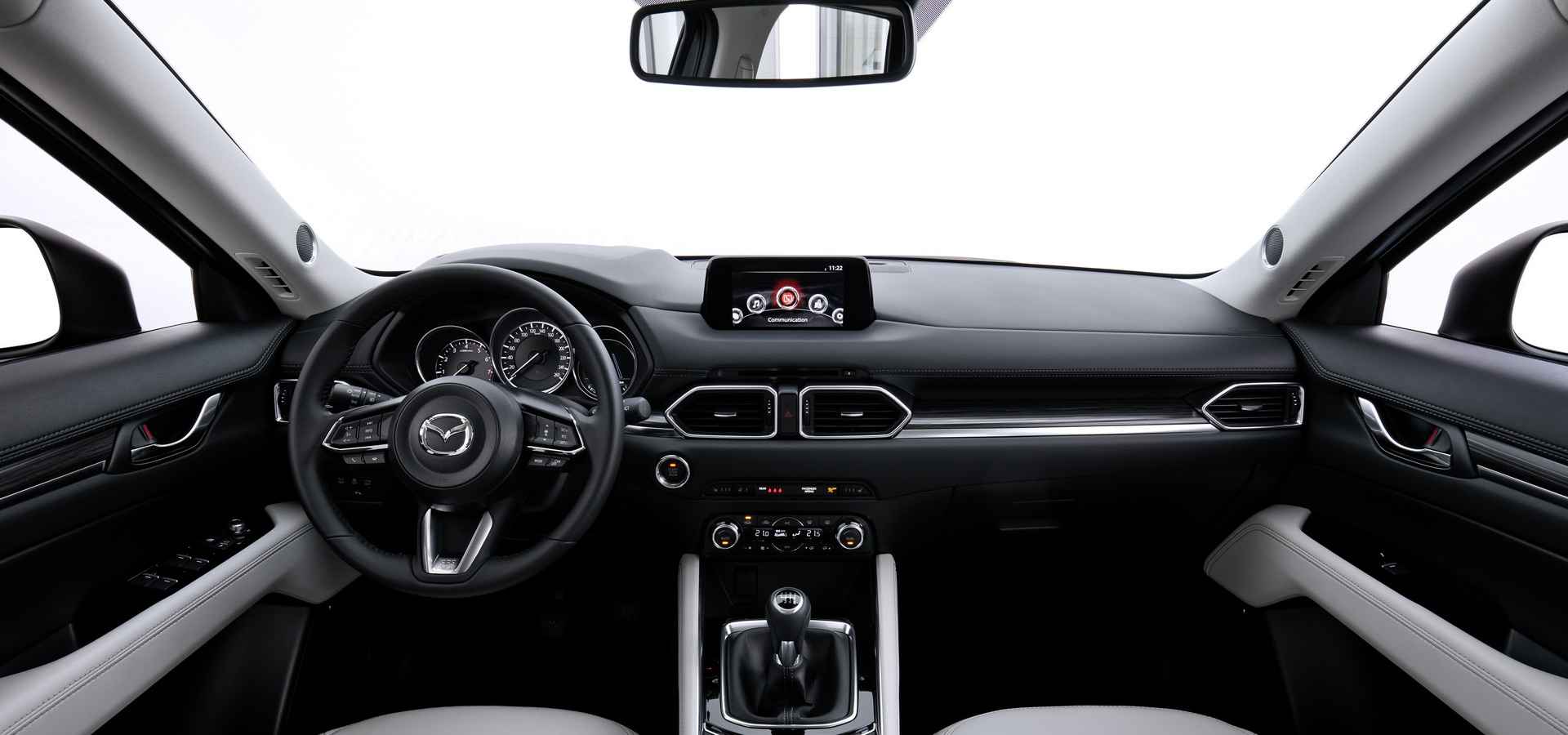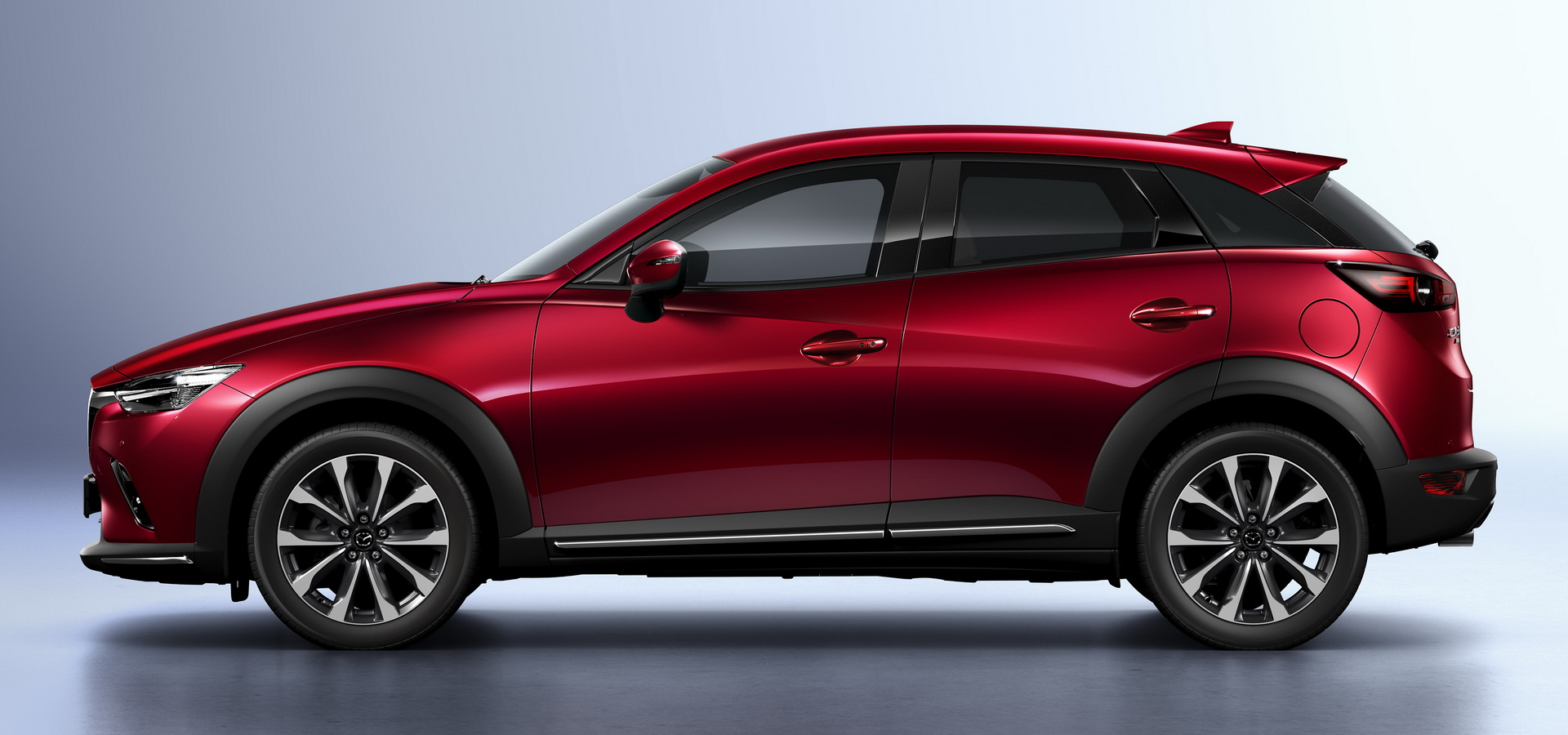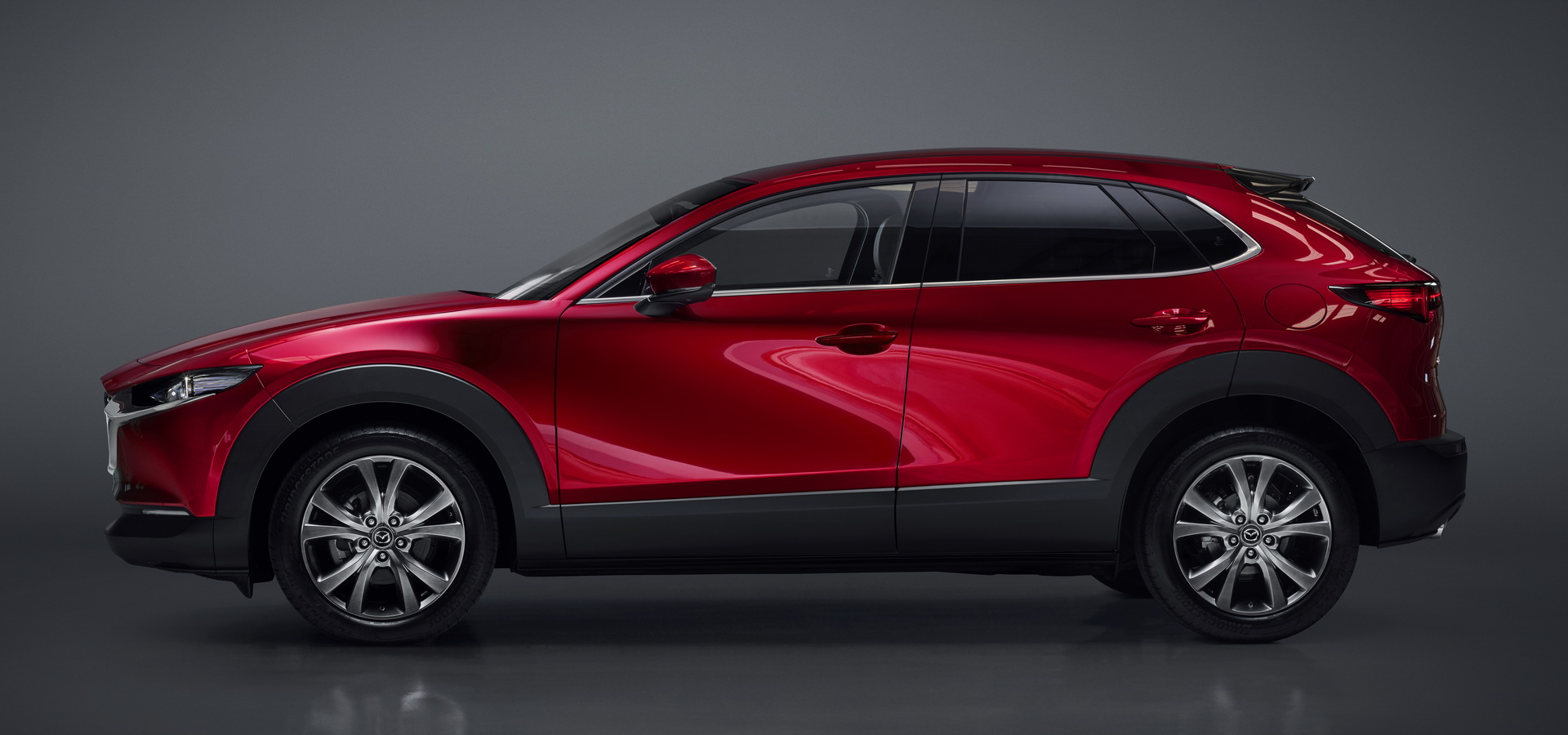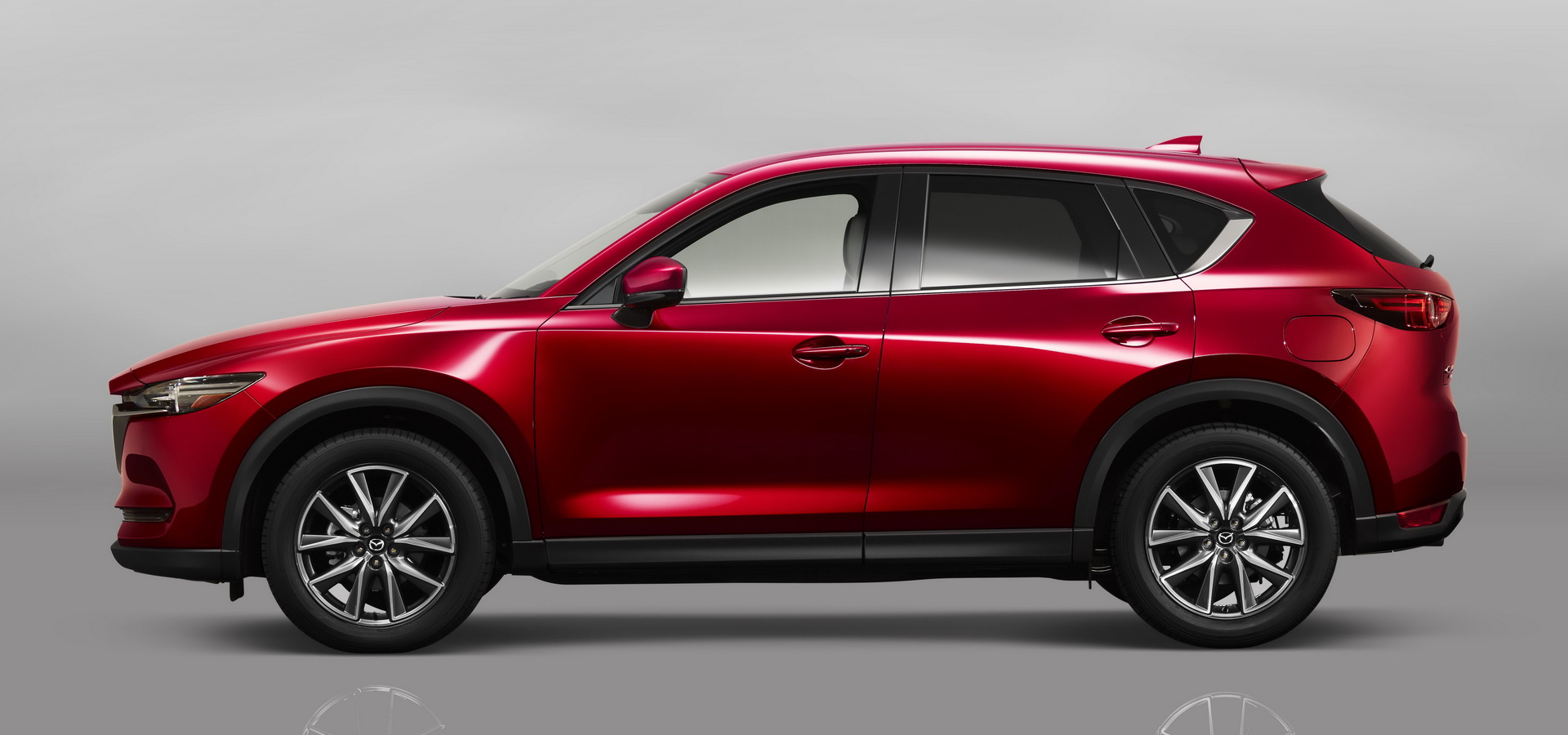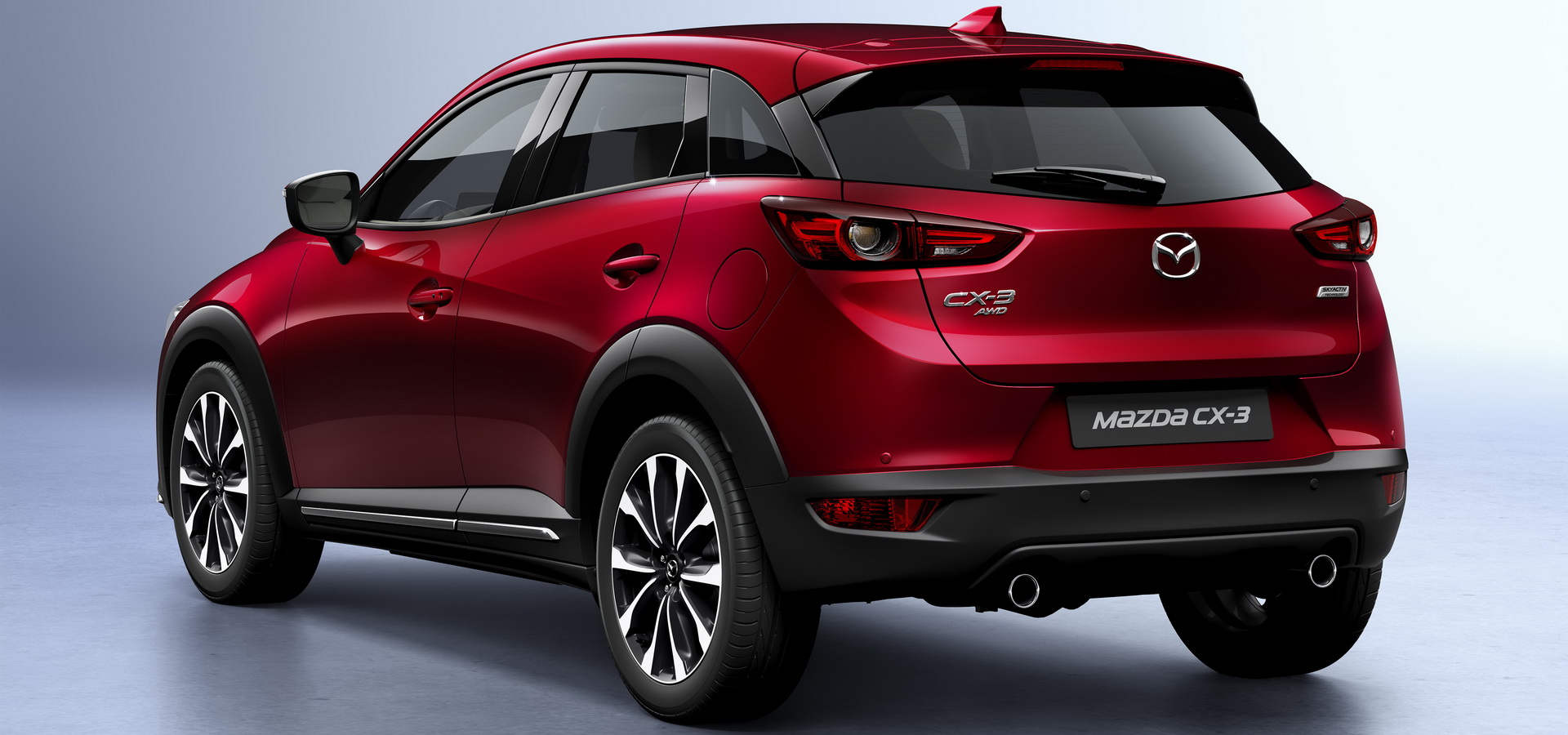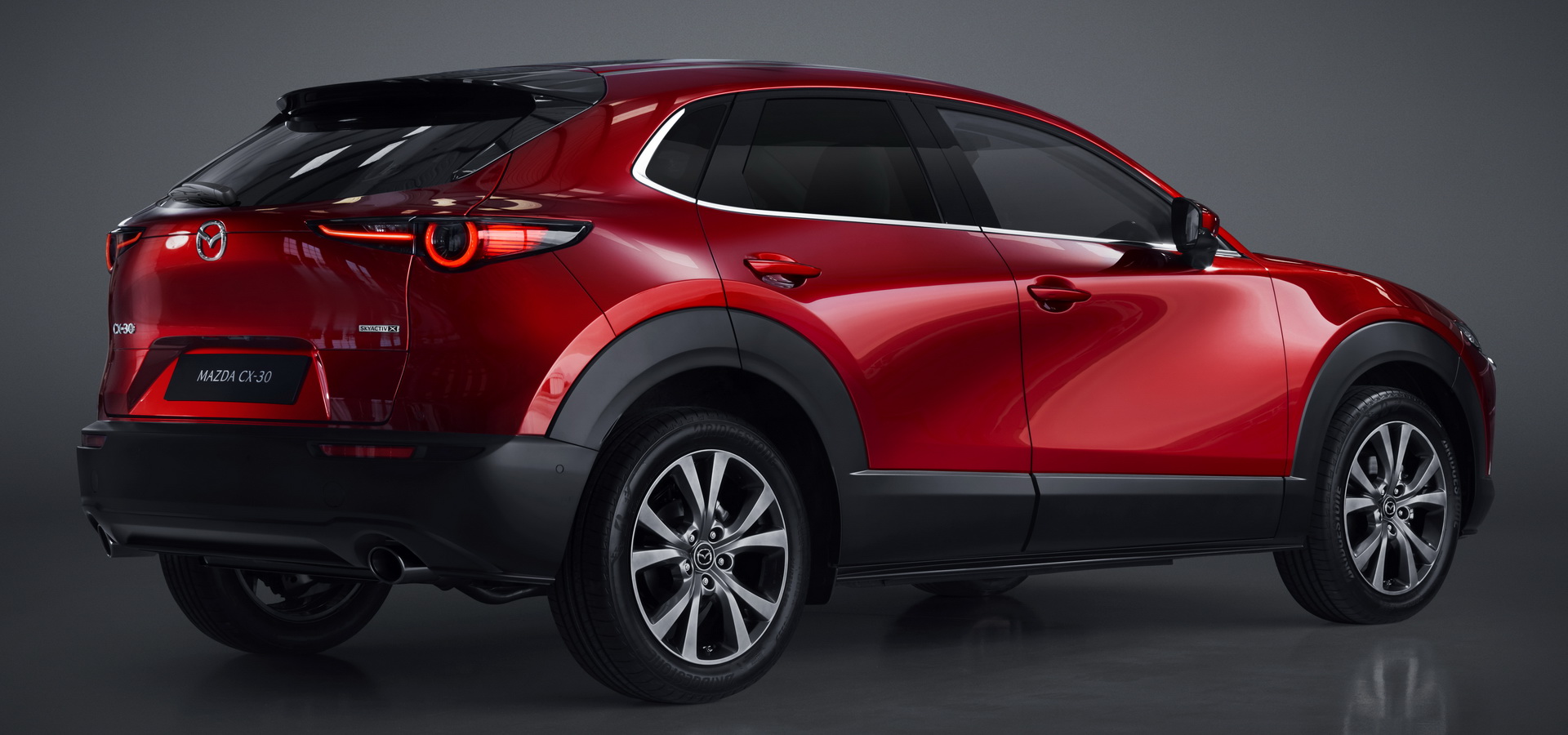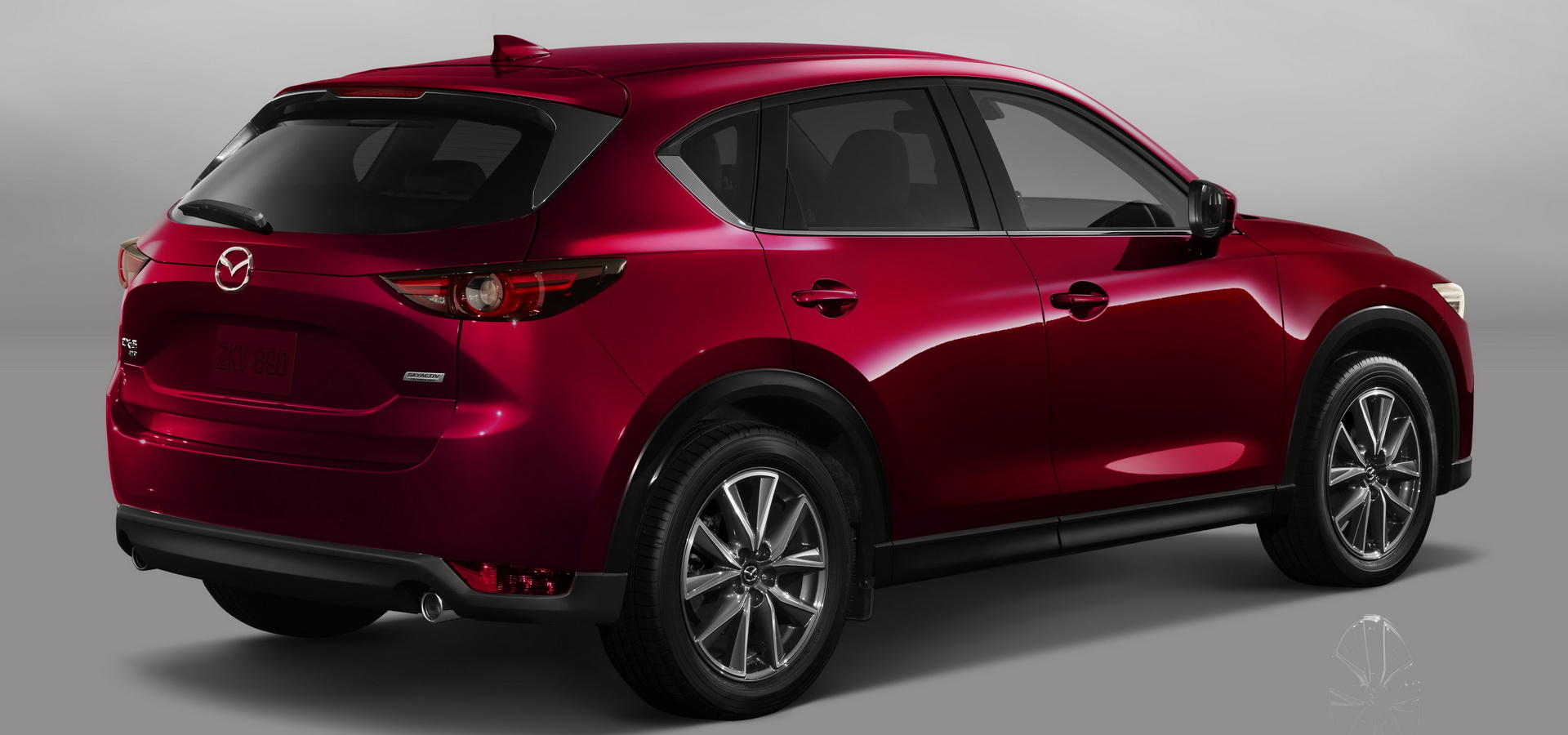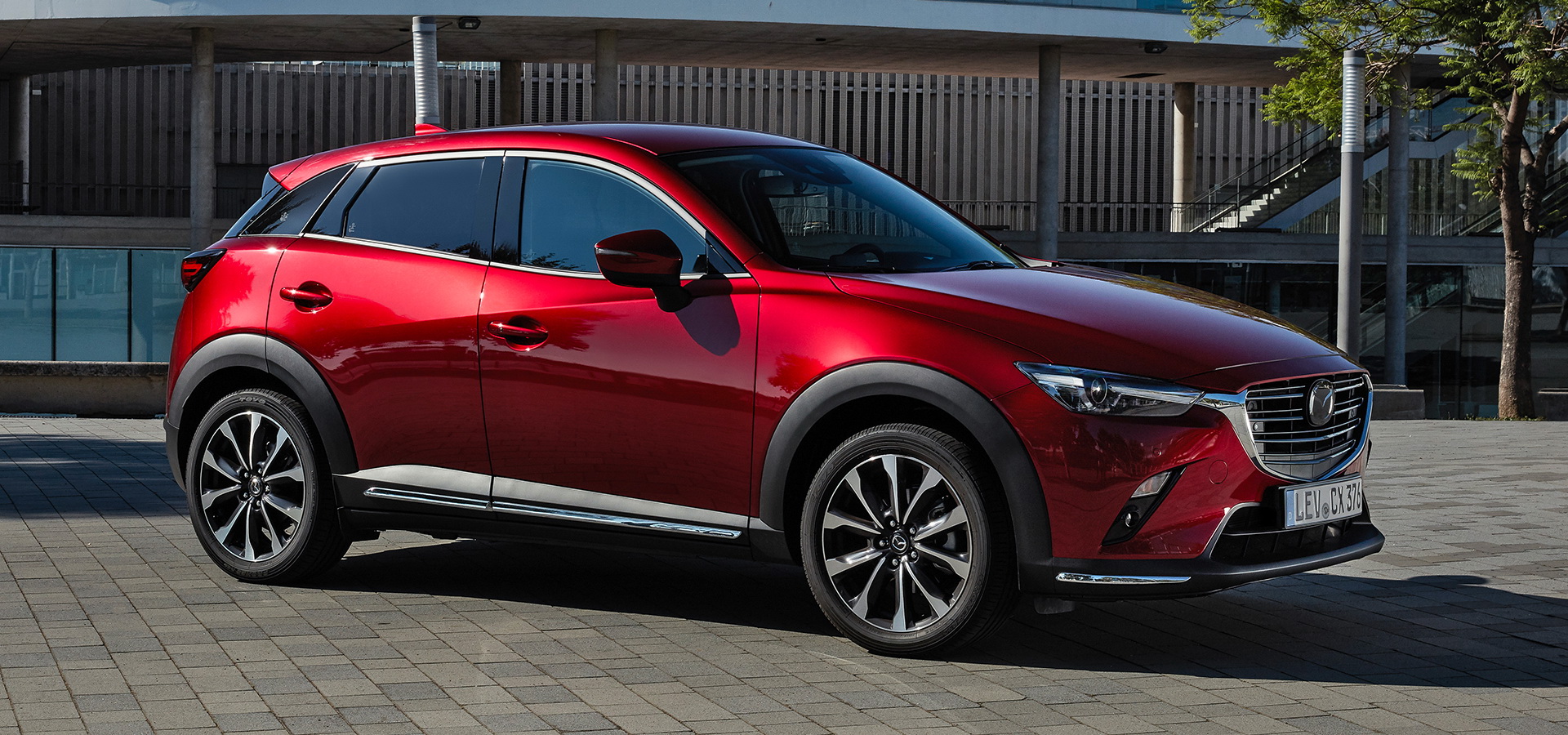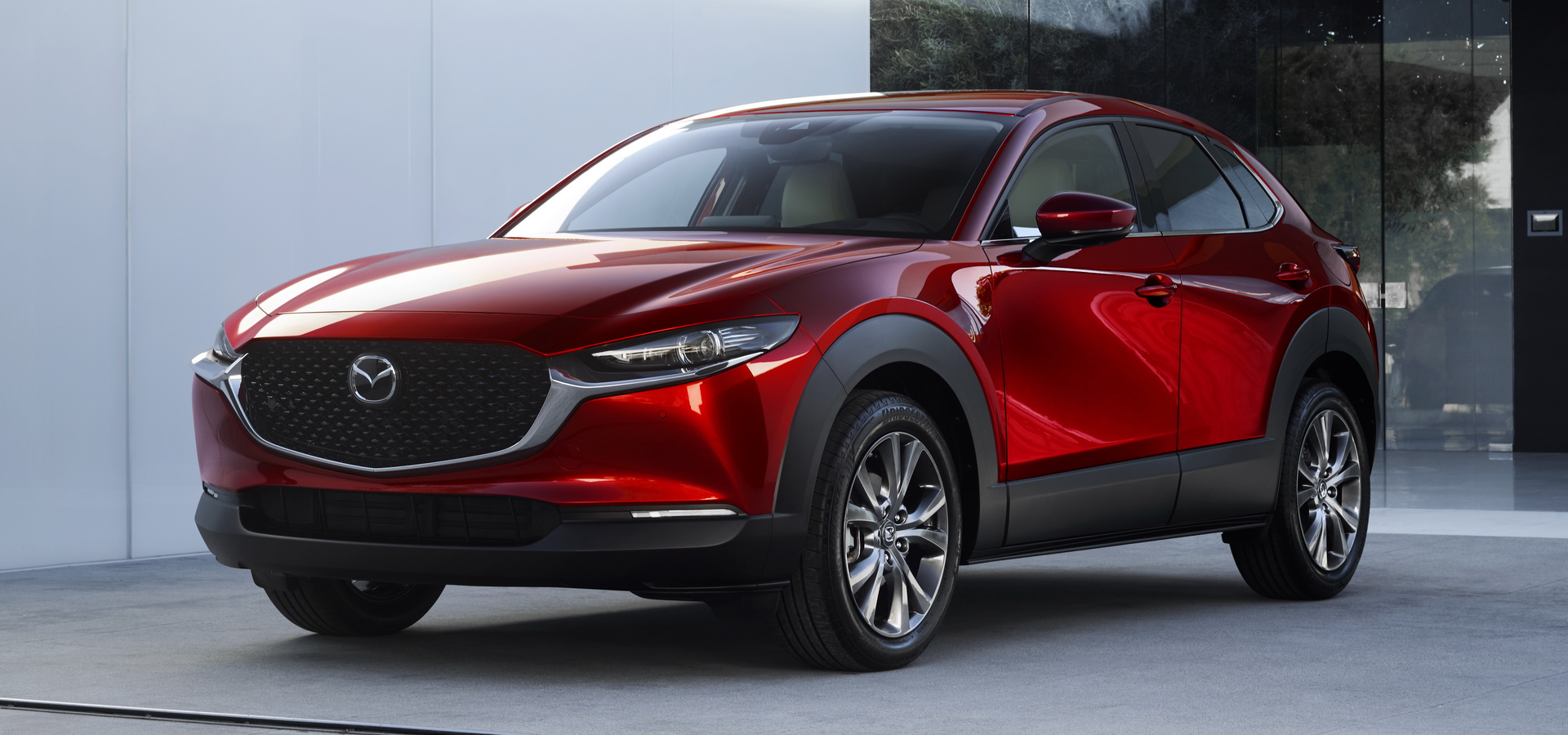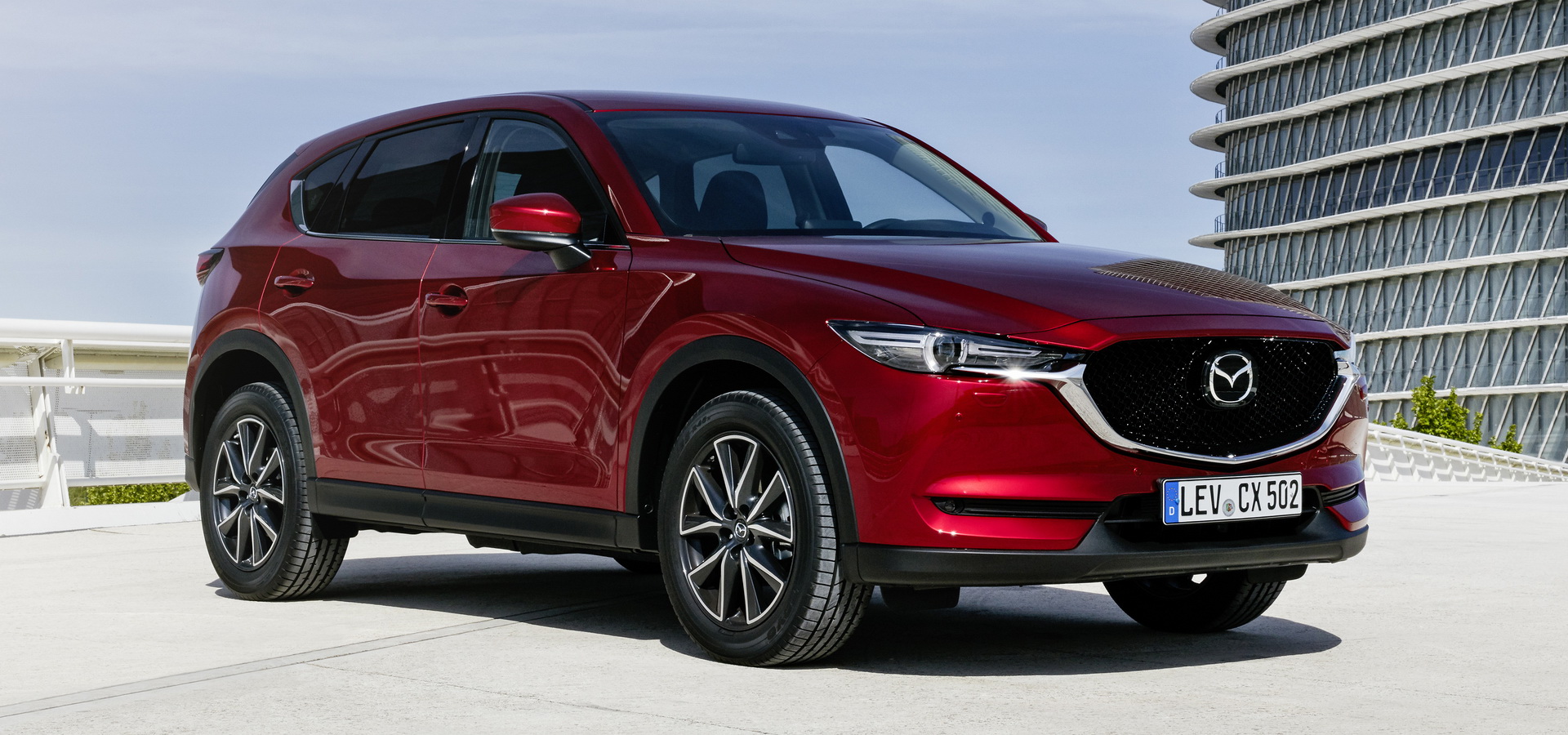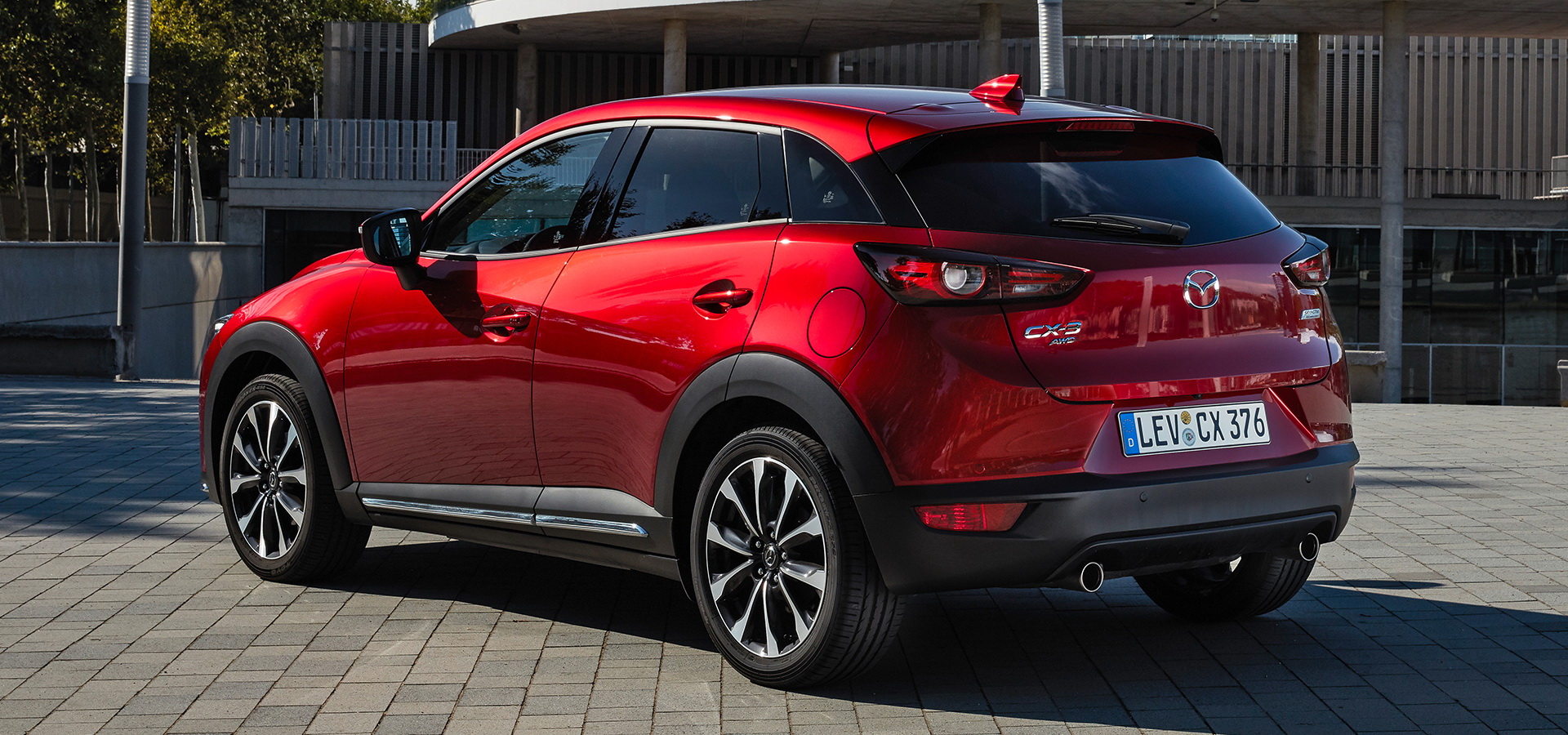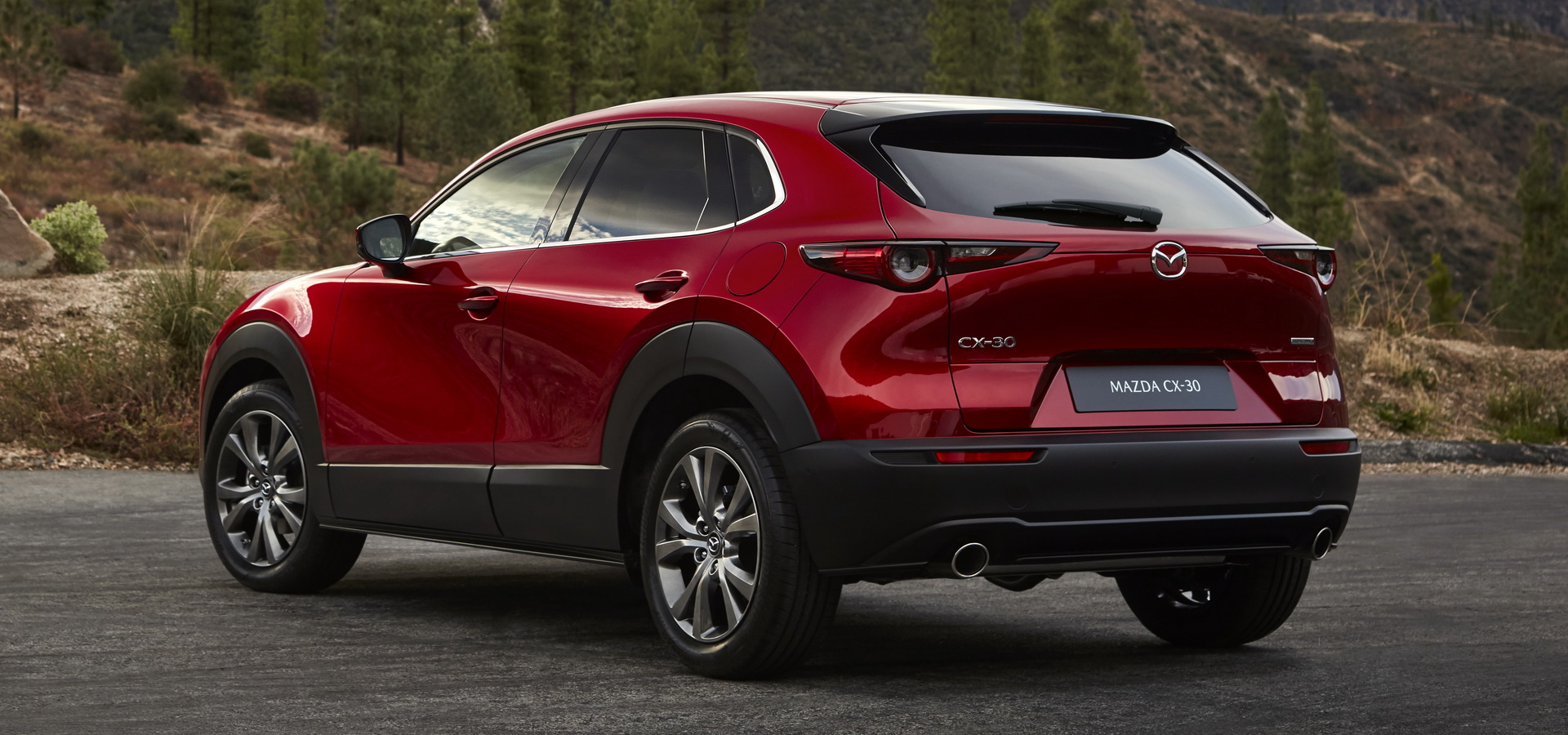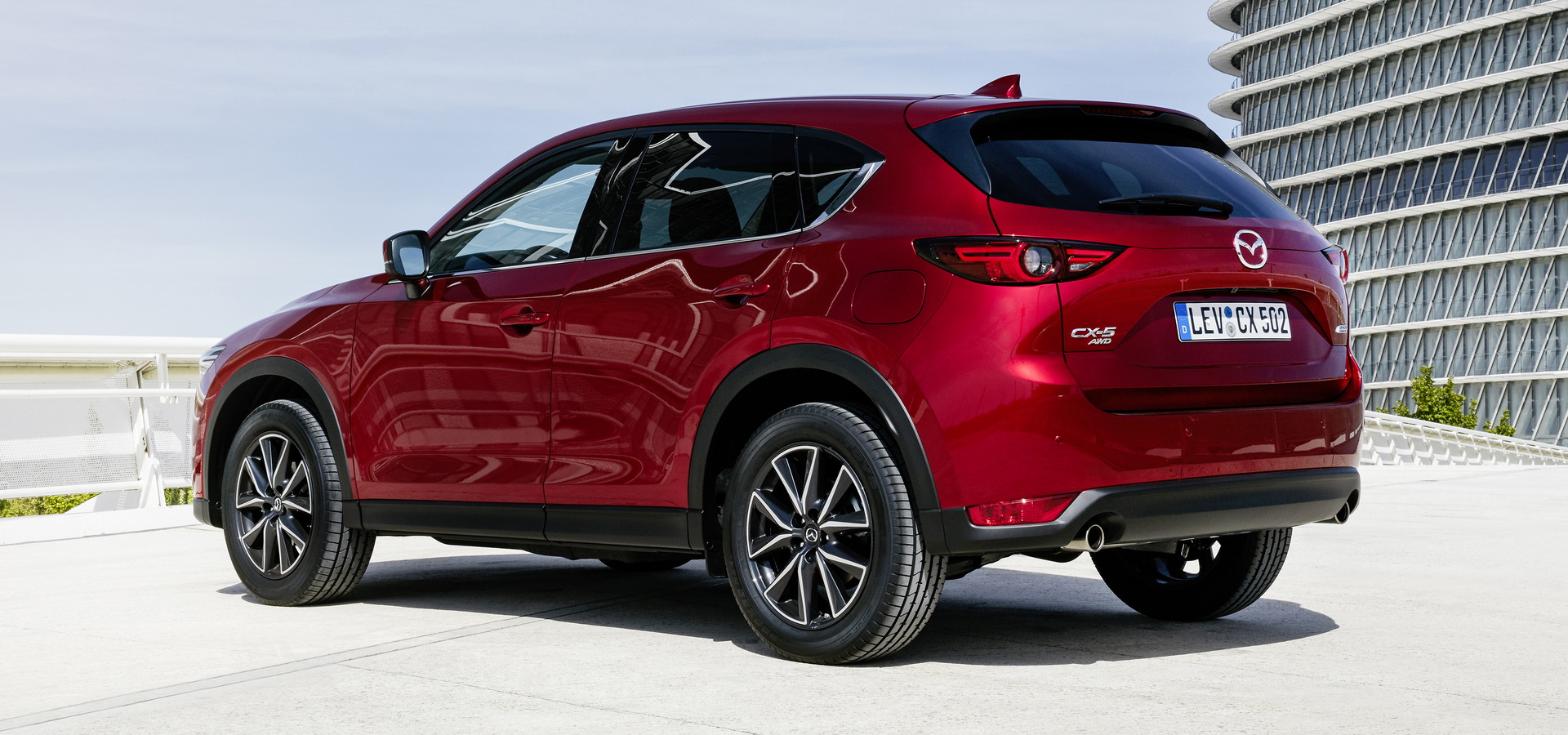In case you haven’t been paying attention to what’s been going on in the land of crossovers lately, then allow us to tell you about a brand new Mazda model that’s being positioned right between the small CX-3 and the compact CX-5.
It’s called CX-30, and it was recently unveiled at the 2019 Geneva Motor Show. Like its two siblings, the CX-30 also features the automaker’s Kodo elegant and sporty design language. But is it the best looking one of the bunch? Let’s discuss.
A complete trio
Visually, we can describe the CX-30 in multiple ways. For instance, we can say that it’s a smaller CX-5 with a lower roof line, or that it’s a bigger CX-3 with a longer bonnet and a more linear shoulder line and you’d be close either way. We can also call it a more rugged Mazda3, although it features a traditional C-pillar design, unlike the brand’s latest compact hatchback.
As for the rear end, all three are instantly recognizable as Mazda crossovers. The CX-30’s taillights are very similar to those found on the Mazda3, despite the different graphics.
In any case, it seems fair to say that the CX-30 looks more sporty than the CX-5 and more elegant than the fussier CX-3, which makes sense for a middle child-like product, albeit one that was born last – weird analogy but one that has always made sense for the car industry.
A more stylish interior
According to Mazda, the CX-30’s cabin features “relaxed and user-friendly packaging,” to go with sufficient room for four adults and good visibility outside. It definitely seems like a more capable product than the new Mazda3, judging by its 430 liter (15.1 cu.ft) trunk, as opposed to the 3’s 295 liters (10.4 cu.ft). As for how it compares with the CX-3 (350 liters / 12.3 cu.ft) and CX-5 (477 liters / 16.8 cu.ft) as far as trunk volume is concerned, it’s actually closer to the latter than the former.
Now, while we can’t speak on cabin quality, we can tell you that the design of the CX-30’s dashboard is differentiated. The way the door panels blend into the dash reminds us of how Jaguar does things. Then there’s the freestanding 8.8-inch infotainment system, which you can control via a rotary dial on the center console, the new steering wheel (same as on the new Mazda3), different climate control system and more soft touch surfaces than on the CX-3.
Spoiled for choice
You can easily make a case for why the world doesn’t really need a crossover like the CX-30 when a) Mazda already has the basic segments covered and b) on paper, it doesn’t differentiate itself enough from the other two models to truly justify its existence. On the other hand, you can’t argue with the market’s voracious appetite for crossovers and SUVs of all sizes and styles, so perhaps we just have to see what consumers think about it.



